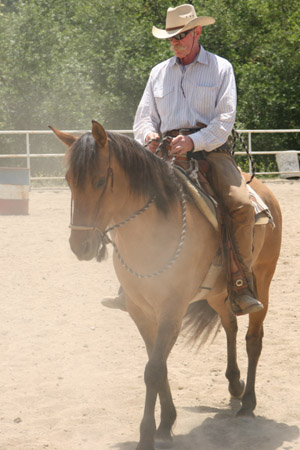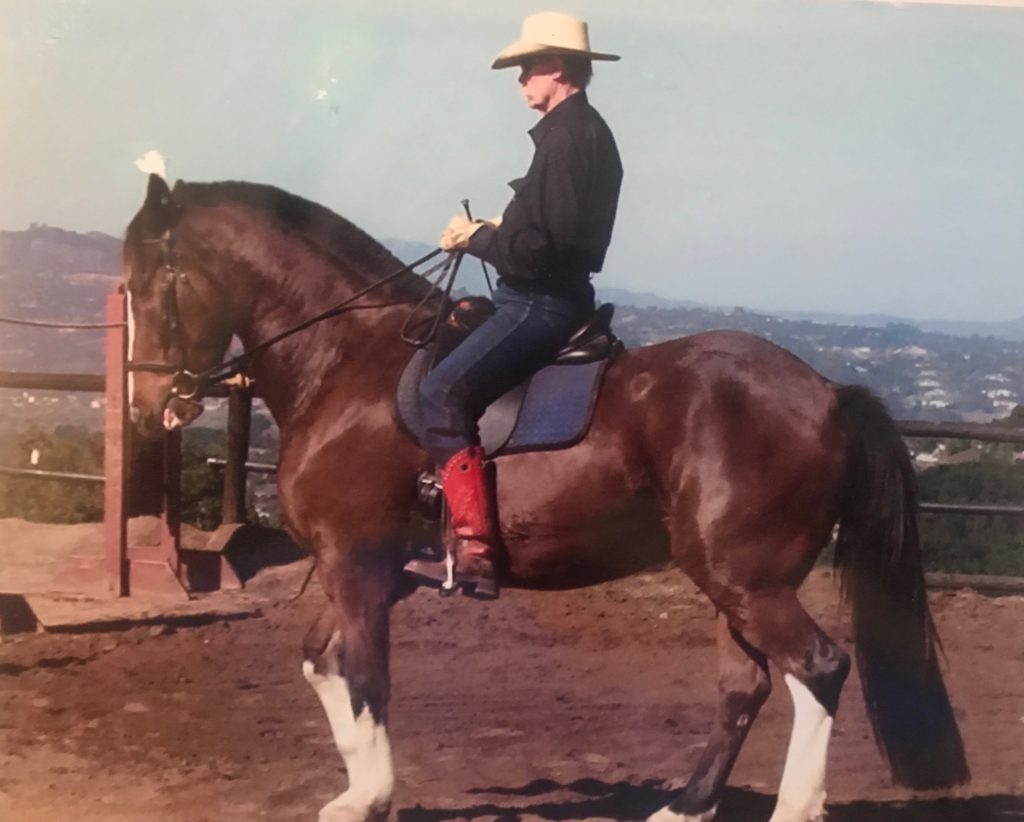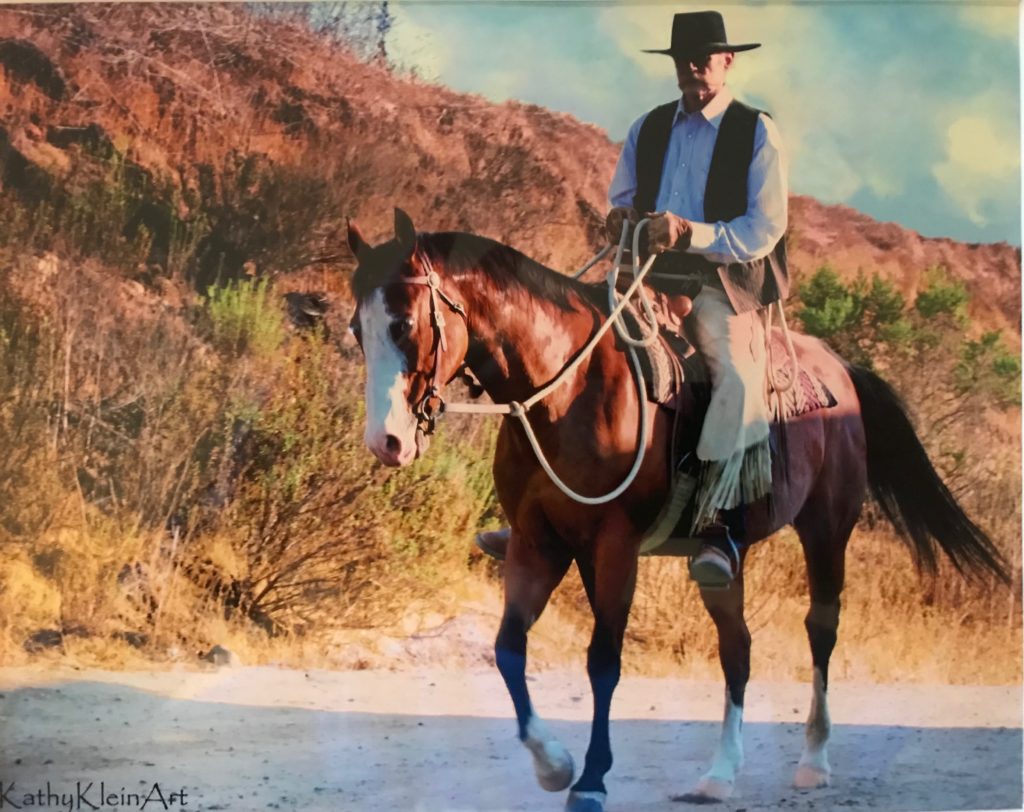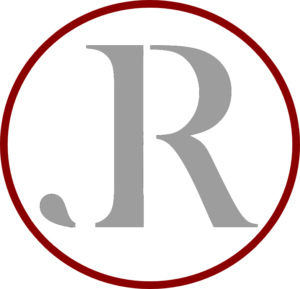Jim Reilly - Riding Teacher, Horse Educator

Jim Reilly is a student of horsemanship in the truest sense of the word. His scholarly approach to understanding horse-rider communication is unparalleled. Drawing upon knowledge and practices of expert horsemen from multiple riding disciplines, both past and present, he has developed “Progressive Harmony Horsemanship”. His goals for each student are threefold:
- To develop a thorough knowledge of equine biomechanics
- To gain an understanding of how a horse learns
- To develop an appreciation of how a horse feels under saddle.
Beginning with groundwork, students will learn what moves a horse to action, what tools the handler has to generate this action, and how the handler can use the inherent traits of a horse to begin the horse-rider communication process. From the correct position in the saddle at the correct position on the horse, understanding the foot-fall sequence of the horse coupled with how, and when, to apply the various aids at the different gaits, students will be given the opportunity to learn just what it takes to achieve ‘harmony and lightness’ while handling or riding their horse.
All sessions are one on one. Jim works with individuals and riding instructors throughout North San Diego County who are dedicated to improving their horsemanship skills.
Guiding Principles
- Horses know when you know what you are doing and they know when you don’t know what you are doing. You can’t fool them. Be honest.
- Know what you want to do before you start. Have a clear picture but adjust to fit the situation. Don’t ever open a box you can’t close.
- What you release for is what you are teaching the horse. Once a cue is initiated you must stay with it until you get a change. Always release from pressure when the horse gives you a change or try. This is how horses learn.
- Establish TRUST in the horse by building up his self-confidence.
- Look for the smallest change. Reward the slightest try.
- Pet your horse often.
- Horses learn as fast as horses learn not as fast as we want to teach them.
- The horse is always covered by no fault insurance.
- Good enough is not good enough. Remember, you get what you settle for.
- DON’T ALLOW GREED, ARROGANCE, or EGO to interfere with establishing a relationship with the horse.

Thoughts on Riding Lessons
- They are called Riding Lessons, NOT Horsing Lessons.
- Their primary purpose is to develop a rider.
- Coaching an inadequate rider is futile.
- The rider, not the clinician or coach, is the instrument of the horse’s schooling.
- Advice, however ingenious, is useless unless an attentive rider can effectively carry out the suggestions.
- Coaching people to ride “figures” and guide horses in competition movements is a waste of time as long as they are being repeated by the riders with inadequate riding skills.
- Rider faults and shortcomings will infiltrate all rider/horse communications and diminish their validity, clarity and value.
- Inadequate equitation will always produce, promote and instill faulty exercises in the horse.
- Without the correct position, the rider cannot successfully communicate with his horse.
- Accidentally delivered communication through instability and lack of balance will misinform the horse and confuse him.


